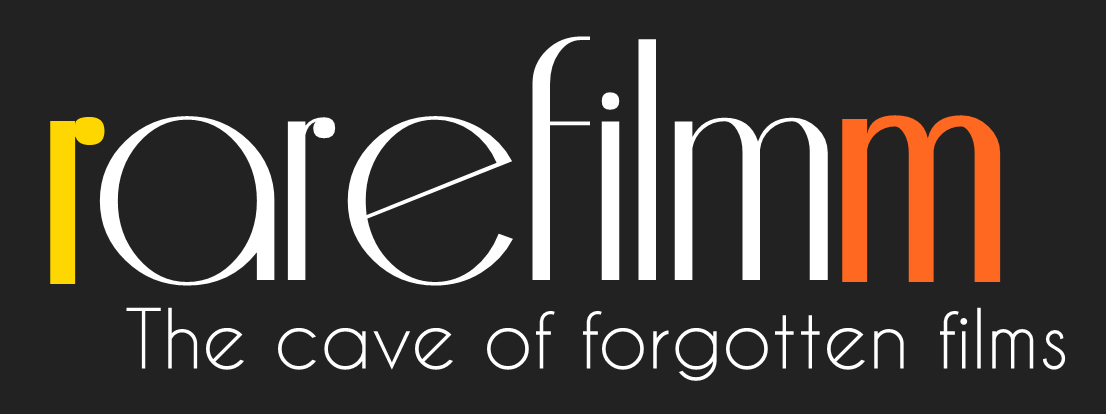A young man recalls his affair with a young French woman who traveled with him across the United States. They began to drift apart during the trip, and eventually each had affairs with other people before realizing that their relationship had run its course.
Tag: 1970s
In this western adventure set in 1903, four imprisoned cowgirls bust out and begin trailing a famed Irish killer who is planning to assassinate President Teddy Roosevelt. Along the way, the foursome encounter many exciting adventures.
In Istanbul, American writer James Baldwin muses about race, the American fascination with sexuality, insights into his interrupted writing decade in the country, the generosity of the Turks, and how being in another country, in another place, forces one to re-examine well-established attitudes about modern society.
Found drifting down the Saguenay River, half-drowned and clinging to a log, a woman is rescued by Boulder, who carries her to Undersky, his commune in the Quebec wilderness. Named after the river from which she was saved, Saguenay is haunted by memories of her past and remains unresponsive for days, drifting in and out of consciousness. She gradually becomes aware of the life going on around her and begins to explore it. But she senses she has brought ill fortune to this community and fears something in her past has doomed her and all who know her.
This short black and white NFU ‘drama’ follows three young people on a road trip from Wellington. The trio are meant to be finding a seal colony, but in this early film from director Paul Maunder (Sons for the Return Home), the journey is the destination. The rambling adventure along the coast past Wainuiomata sees the trio discussing paua ashtrays, waning youth, marriage, the state of New Zealand television, and life in general.
The relationship between human emotions and the art created is illustrated by a selection of artistic works which span all periods of history and a variety of subjects. Shows ways in which artists use many materials and methods to translate their personal feelings into visual forms: murals, landscapes, portraits, posters, billboards, abstract paintings, cartoons, pop art, sculpture and motion pictures.
An advertising executive finds herself in a small-town jail after being terrorized on a drive from Los Angeles to New York by two hitchhikers who steal her car and leave her unconscious by the roadside. She becomes a fugitive after killing her jailer during a rape attempt and breaking out with one of the hitchhikers who could prove her innocence. This made-for-tv movie is a sequel to the 1976 feature film Jackson County Jail.
Fictional character played by 24 different actresses, Françoise Durocher is altogether small time waitress, hostess and barmaid. Together, according to the author, they represent the archetypical Québec waitress that everyday waits on us with a smile, despite whatever problems she faces in her personal life. First cinematographic experience of the Brassard-Tremblay tandem, this film full of ironic joy details all the nuances of the waitress living conditions.
